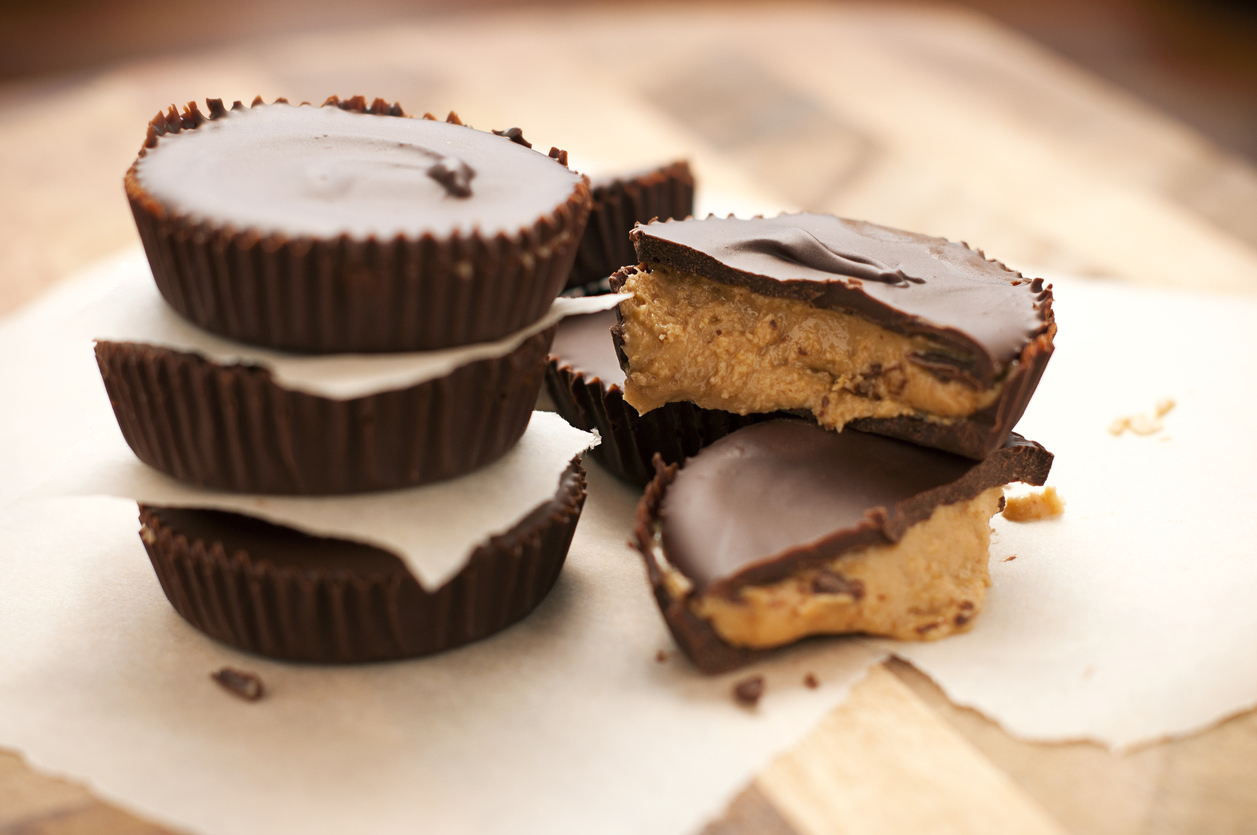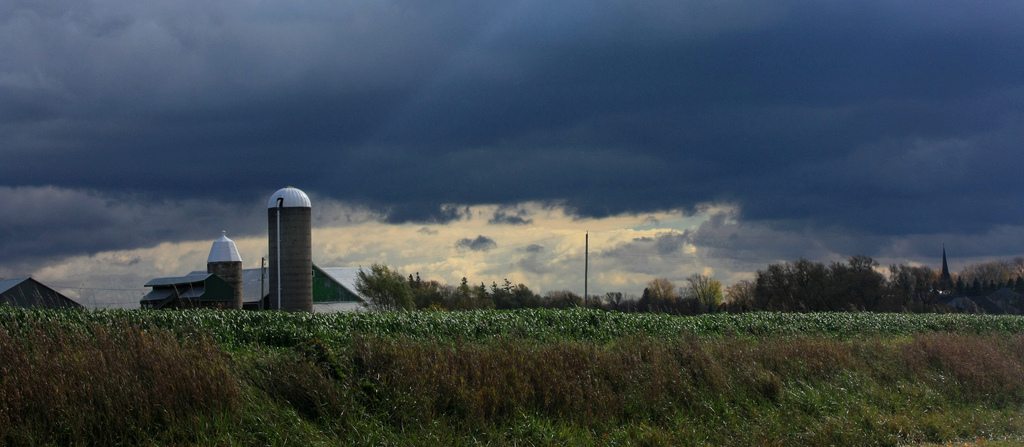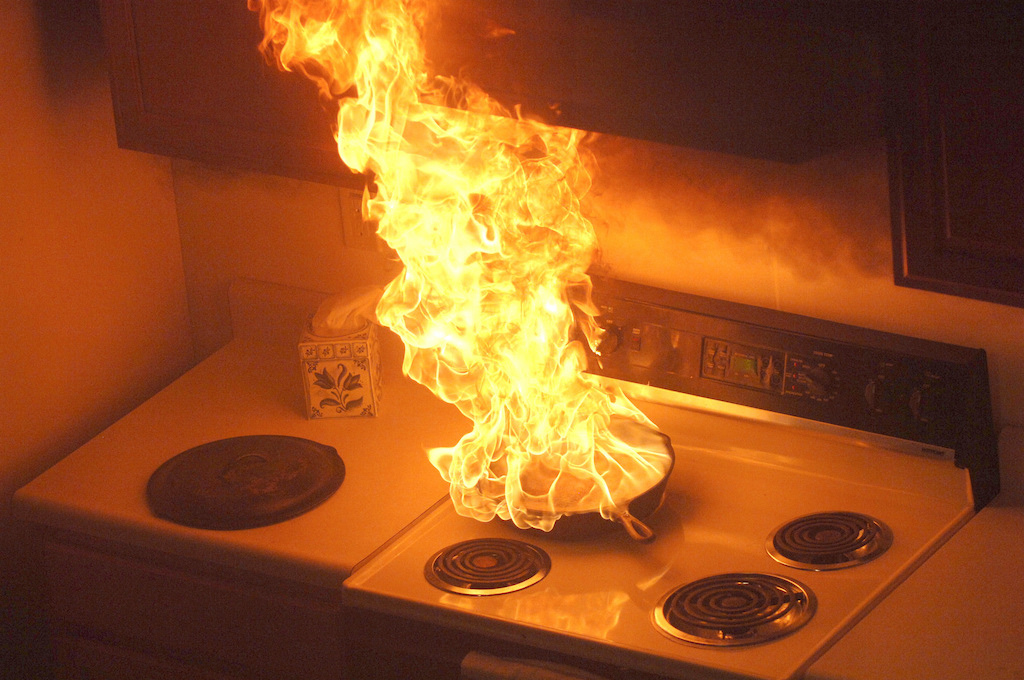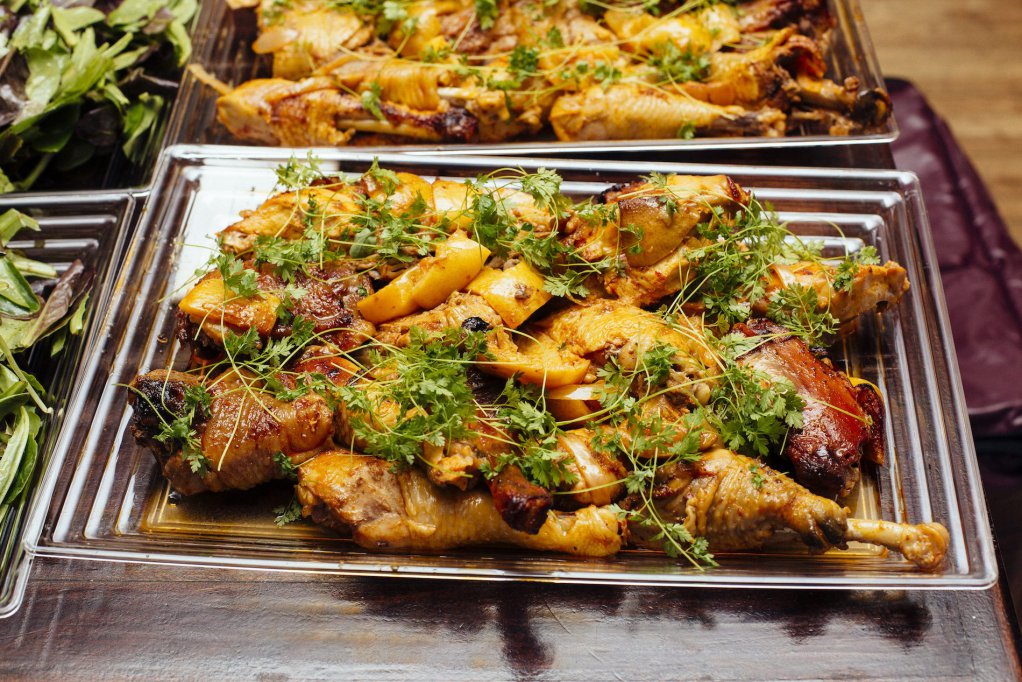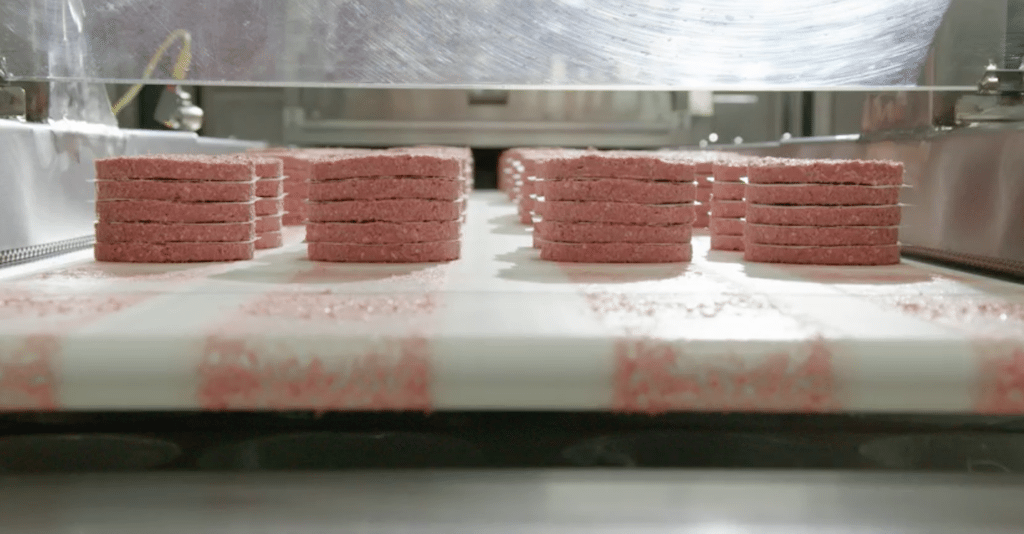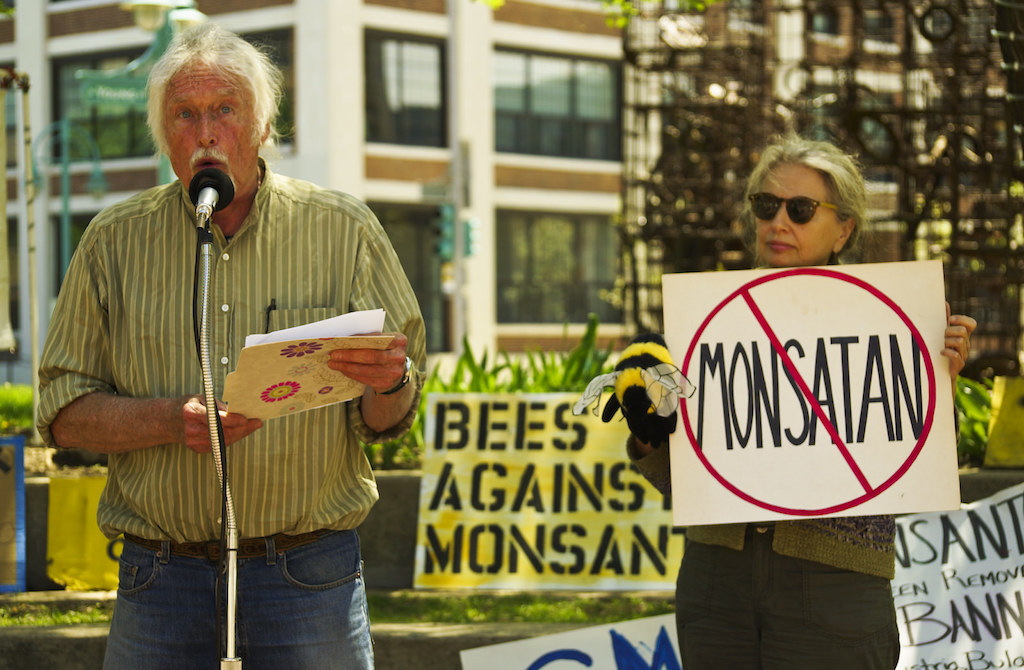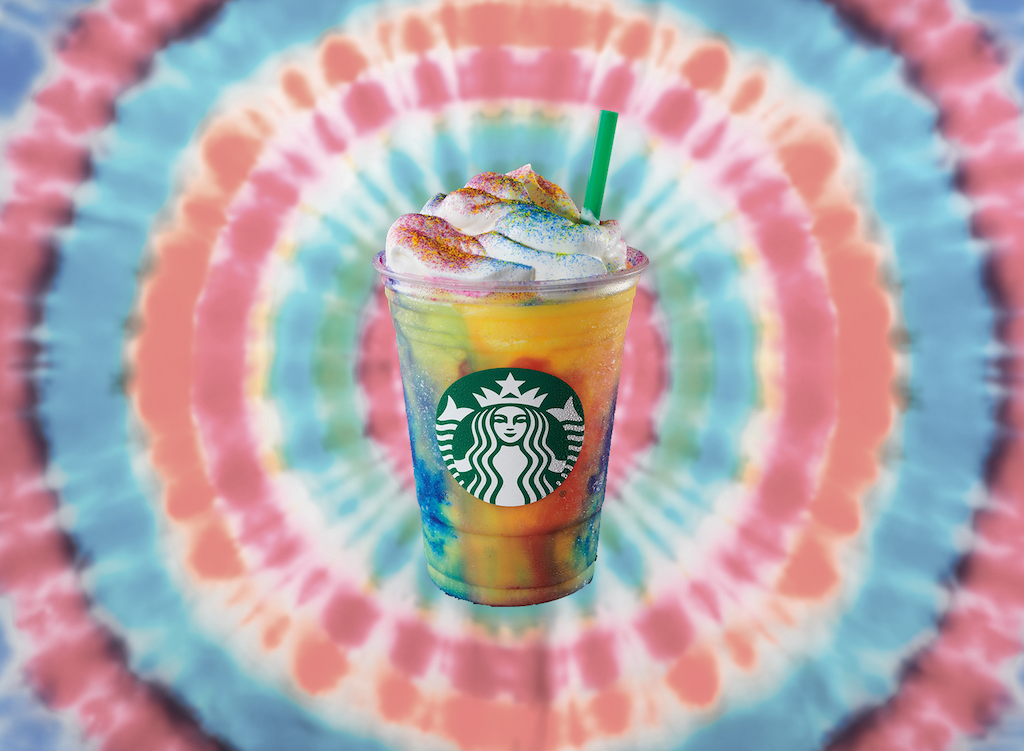
New Food Economy
Yesterday, Starbucks unveiled the Tie-Dye Frappuccino, a candy-colored, coffee-free concoction laced with red, blue, and yellow swirls, topped with a dollop of whipped cream and sprinkled with flavorless colored powder. The reviews are in, and they’re not groovy. The drink is “a confusing miasma of misguided choices” whose primary flavor is “disenchantment.” On Twitter, users are heaping on abuse, posting the frappe tastes “how detergent smells,” or “like actual trash.”
Why is the coffee giant putting so much effort into a stunt drink, especially one that’s verifiably gross? This is hardly Starbucks’ first foray into grody, Color Run-inspired drinkable desserts. (And it is a dessert—or, more accurately, many desserts. Fast Company reports one glittery drink has three days’ worth of sugar.) The Tie-Dye Frappuccino, which is available for only five days, follows other seasonal, short-run drinks: the Witch’s Brew Frappuccino, the Zombie Frappuccino, and the granddaddy of them all, the Unicorn Frappuccino, a viral sensation that brought customers to stores in droves.
When the Unicorn frappe was unveiled, work stations were overwhelmed. Employees ended the day stained with dye, getting on Twitter to unleash #baristaproblems
Novelty drinks are a social media event, and a nightmare for baristas behind the counter. Iced, blended frappuccinos, always on the menu at Starbucks, are more time-consuming than the average cup of joe. The special-run frappes require even more work —specifically, mixing in a variety of colored powders to create the superbly Instagrammable palettes. One at a time, it’s not so bad. But limited-run frappuccinos draw lines out the door, so the extra work adds up. For a company that prides itself on employee treatment, Starbucks seems to be ignoring the impact special-run drinks have on morale.
When the Unicorn frappe was unveiled, work stations were flooded. Employees ended the day stained with dye, getting on Twitter to unleash #baristaproblems. Depressing memes about the workload flourished. With the arrival of the Tie-Dye frappe, it’s evidently happening all over again, to the seeming disbelief of Starbucks workers who believed the company was cutting back on limited-time offers.
So why, exactly, does Starbucks continue to roll out these drinks? Because they’re a stroke of marketing genius. The Unicorn frappe, for instance, generated hundreds of thousands of Instagram hits, according to analysts, and opened up the coffee chain’s audience to people who have no interest in getting caffeinated. “The stuff of legend,” a trade magazine gushed. It’s unlikely its latest iteration will break through in quite the same way. But it could result in some old-fashioned returns on investment—generating a brief uptick in visitors for a chain that has been experiencing “anemic” traffic. For Starbucks, that might be worth the social media griping.
The Tie-Dye Frappuccino, like its predecessors, is what’s known in the industry as a limited-time offer, commonly referred to as an LTO. A bizarre, out-there, blink-and-its-gone milkshake-like beverage might seem like an innovation, but it’s actually a time-honored, conventional way to stir up excitement, get some new customers, and spark sales before the end of a quarter. “It’s Marketing 101,” a fast-casual executive told QSR magazine. “Everyone has them in their toolbox and can pull them out when necessary.”
In recent years, however, the ability of restaurants to convince customers to add another drink, or a side of fries, or whatever else, has been compromised. That’s because, these days, fewer and fewer diners are actually coming to restaurants—and it’s harder to sell customers on an impulse buy over an app. Restaurant delivery may seem like a boon, but industry insiders have noticed that its explosion has coincided with a slowdown in restaurant growth. Enter the LTO.
Will limited-edition nacho fries, firecracker burritos, and chaotically-hued beverages be enough to bring customers back into restaurants? The industry certainly seems to be staking its hopes on it: In the past five years, the number of limited-time offerings has exploded, increasing by 64 percent at the top chains, according to an industry survey.
Maybe it doesn’t matter to Starbucks if special drinks cause chaos IRL. Ultimately, after the sugar rush wears off, there’s still the posts. LTOs make mundane fast food feel special again, a way for boring corporate franchises to become the talk of the social media town. As long as that’s true, we’re going to see many more food-as-event specials that are pretty and colorful and Instagrammable—whatever form that may be. Just don’t expect to see the same drink twice.





